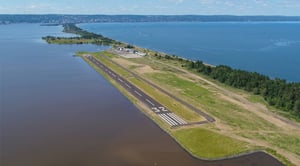Original iteration of this article was published in the University of Minnesota AirTAP newsletter.
Proactive communication and engagement lay the foundation for successful airport projects. Public involvement early and often is essential.
Communication is vital to finding success at home and in the workplace. Yet, as more companies have shifted their people to remote working environments, it may feel like all you do is communicate. Between video and conference calls, emails and calendar invites, you may be experiencing communication overload. Effective, thoughtful and concise communication has never been more important.
Project communication in aviation is no exception. Though every airport project is unique, they all share a need for identifying stakeholders, being inclusive, and writing and messaging to reach and engage your audience. Here are five ways you can create effective stakeholder engagement for your next airport project.
1. Develop a public involvement plan
A public involvement plan (PIP) is used to document the goals and outcomes of the engagement efforts, audiences, and outreach techniques and tools proposed for your airport project. Whether this is a written document with steps and initiatives to follow or a discussion during the start of a project, having a plan promotes follow through and ensures the right stakeholders and public involvement processes are included in your project.
This plan also serves as a reference moving forward, should the need arise to review any of the outreach efforts determined through the process.
Your PIP should include:

A list of stakeholders involved in the project, or who would benefit from understanding the purpose and impacts of the project.

The type of outreach efforts, both in person and virtually, to be used throughout the project.

The frequency and timing of each type of effort and who is responsible for coordinating these efforts.
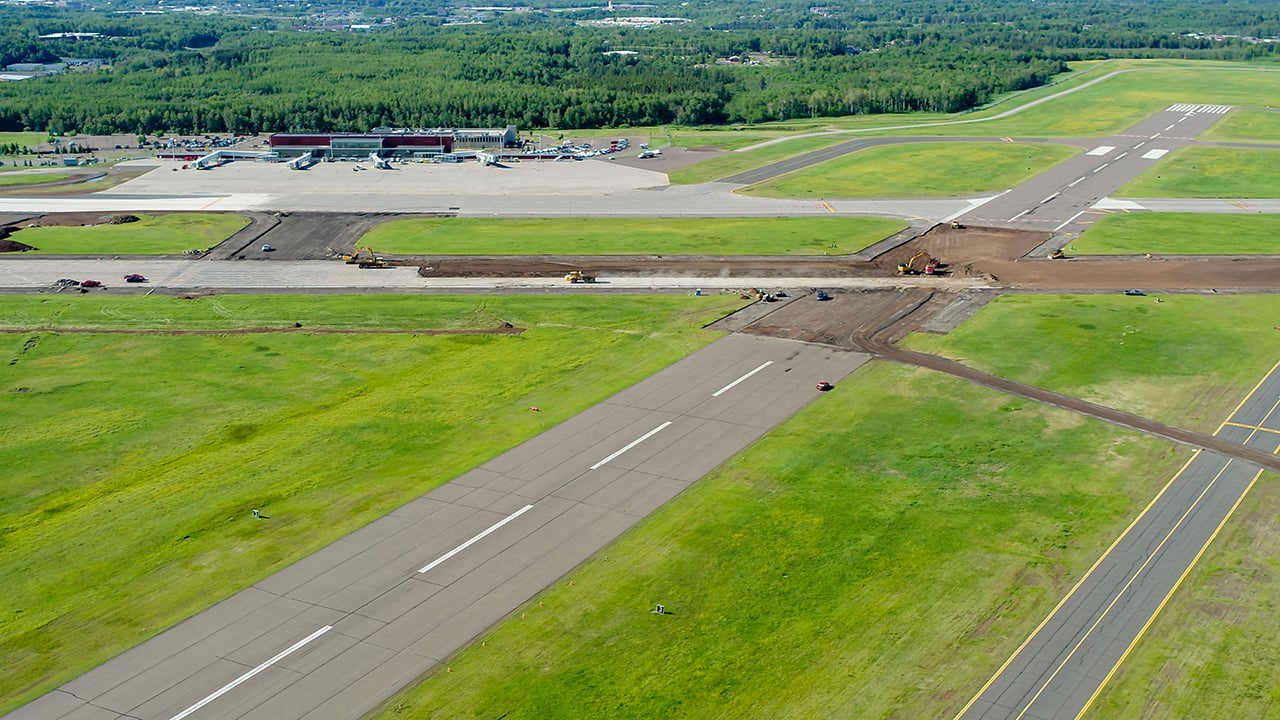
Larger projects, such as a master plan update or major runway reconstruction, may require a more extensive PIP to be shared with project stakeholders. Small projects – such as crack sealing a taxilane – may allow for the PIP to be discussed informally at a project scoping meeting and implemented through communication to stakeholders.
Ultimately, one of the first steps in developing a PIP is ensuring that the right stakeholders are getting the necessary information about each project.
2. Involve the right stakeholders
Airport sponsors and project champions need to ensure the right people are brought to the table for each project. That’s not to say everyone involved needs to agree with the project, but the pool of stakeholders should be considered before moving forward. Outreach should look beyond the boundaries of the project. Always take time to ask, “Who isn’t at the table that needs to be?” Here are some common, helpful stakeholder groups to consider:

Airport tenants and users
- Pilots
- Based aircraft owners
- Hangar owners
- Flying clubs
- Airport businesses

Local government
- Zoning board members
- Airport board members
- County and city employees
- Maintenance staff
- Township board members

Off-airport stakeholders
- General public
- Area businesses
- Chambers of commerce
- Economic development authority
- Citizen committees
- Adjacent landowners

State and federal agencies
- Federal Aviation Administration (FAA) Airport District Offices (ADO)
- Department of Transportation (DOT) aeronautics staff
- FAA Flight Procedure
- Customs and border patrol
- U.S. Army Corps of Engineers
- Minnesota Department of Natural Resources
- FAA Part 139 inspectors
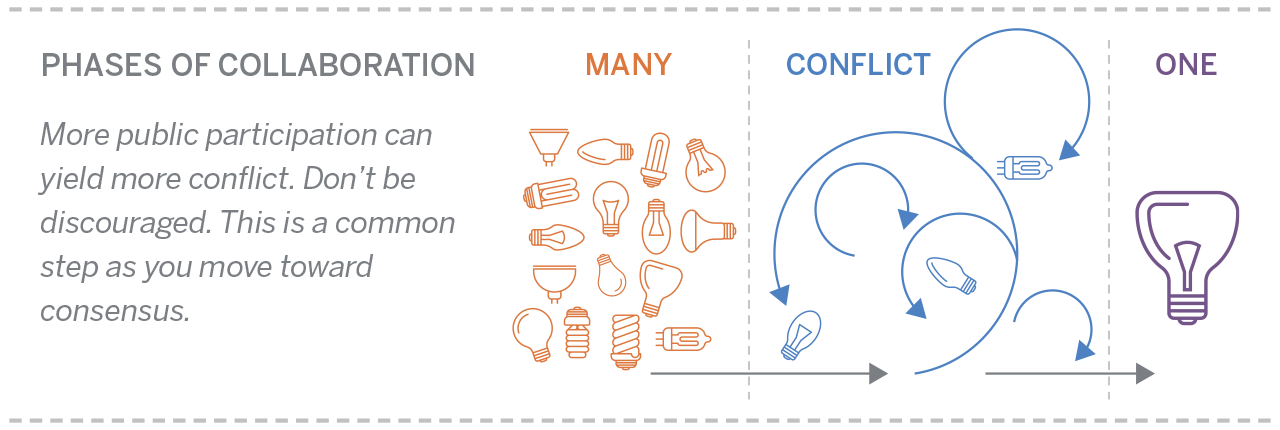
More participation can mean more conflict – and that’s okay! Successful engagement reveals a diversity of opinions. Differences of opinion are sometimes subtle; other times they are highly divergent. Either way, the process of whittling down and making choices can expose conflict. This is common and expected. The public involvement process helps participants re-converge toward consensus as they make trade-offs, develop a shared framework, and balance vision. Guiding principles or shared values can help guide stakeholders to an agreement or, at a minimum, consent.
The recently completed Duluth Sky Harbor Airport runway relocation project (highlighted in the video below), involved rotating then building a completely new 2,600-ft. runway in order to protect 27 acres of vulnerable forest and wildlife, began as a highly controversial project. The Duluth Airport Authority adopted a robust and transparent PIP that designed a process to provide meaningful engagement and build trust among stakeholders. Public and environmental agencies were able to provide input in the planning and environmental process and ultimately supported the final project and multiple years of construction.
3. Involve stakeholders early
Stakeholders want consistency and transparency. Today, with a world of knowledge at our fingertips, we’re used to getting information instantly whenever and wherever we want it. Timely and accurate project updates communicated regularly not only make your communications more effective, but they also build trust.
Stakeholders feel empowered, and team collaboration is most effective when stakeholders have a seat at the table. This can include committee involvement, personal visits with stakeholders, workshops, and other interactive tools for numerous stakeholders to participate. This ensures all stakeholder needs are met beyond the physical location of the meeting while also providing important project and technical insight.
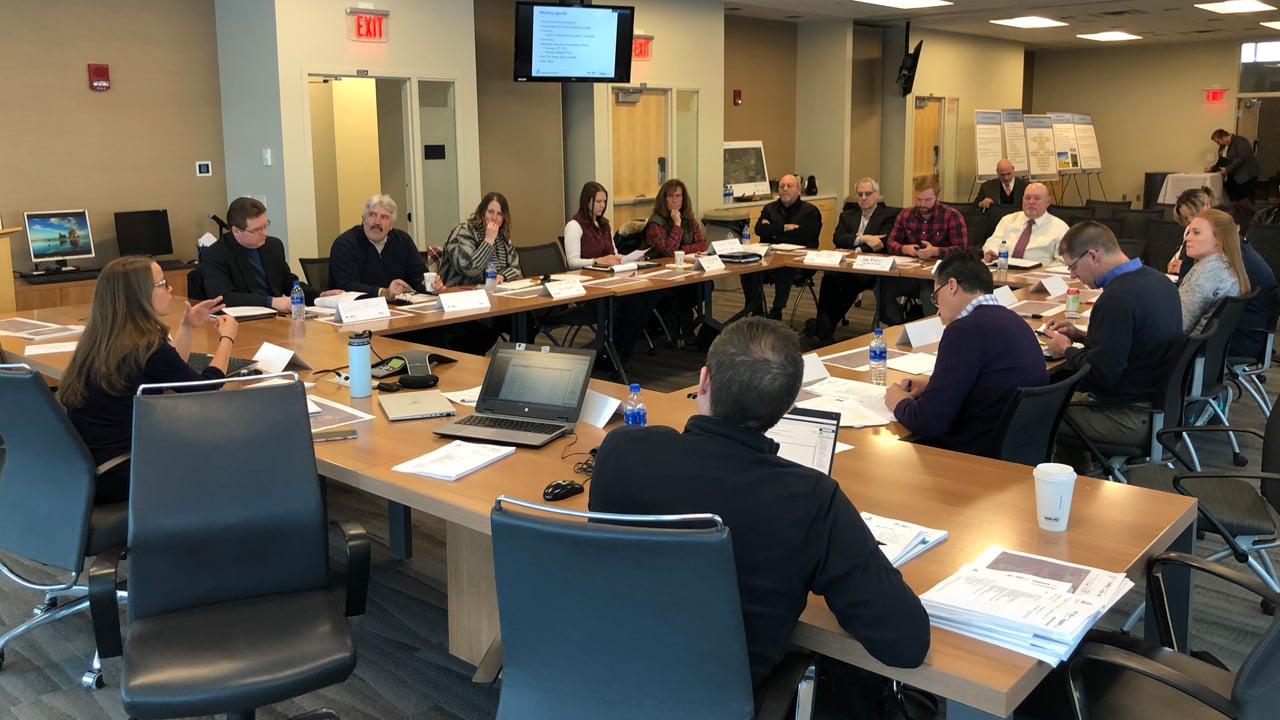
There is nothing more discouraging during a project than when the data has been gathered and analyzed and the alternatives vetted, but it’s discovered that because the city council wasn’t involved until the end of the process, local funding won’t be available for two more years.
Each stakeholder’s expertise brings a different vision to the project. This involvement can shed new light on a situation and help prevent conflicts before they happen. Waiting until the end of the project to involve stakeholders can lead to redoing certain aspects of a project or, worse, needing to start over.
4. Produce user-friendly documents
Aviation is a specialized field. While many people within the community are impacted by the airport through local funding, decision making, proximity to the airport, business use at the airport, or pilots coming to town for a meal, the ins and outs of the funding responsibilities, airspace requirements, and design standards are often not well known in the community.
That’s why it’s important that documents be understood by both pilot and pedestrian. Consider the use of colors, symbols, and pictures to demonstrate a construction phasing plan or to show the type of aircraft using the local airport. Make sure the technical aspects or ideas from the project are communicated for all audiences, including the city council and the public.
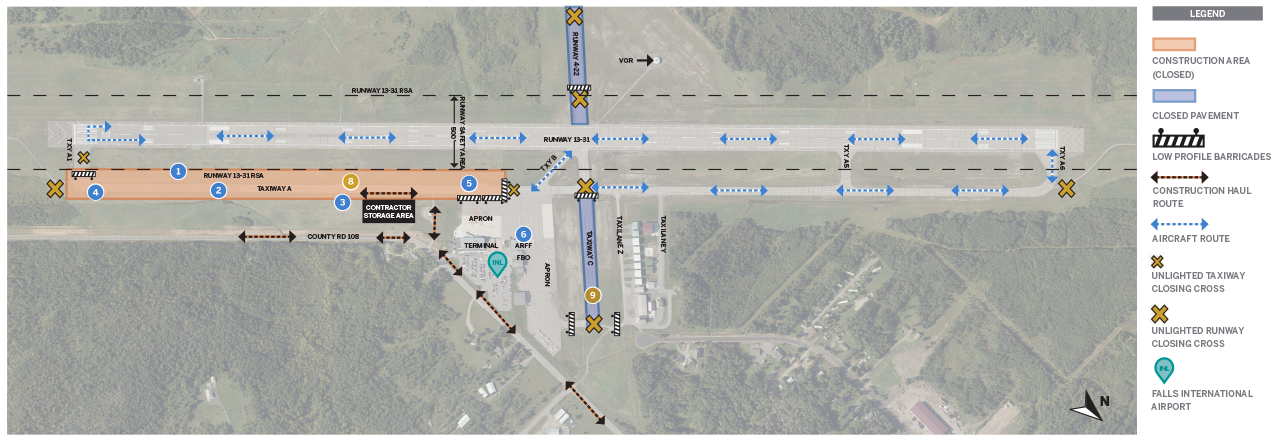
5. Explore different engagement tools
All project information can be brought together using multiple engagement tools. From meetings to publications – even virtual tours like the interactive Sky Harbor tour above – there are endless possibilities when it comes to communicating your airport information. Keep in mind the type of facilities and technology available to each audience; communication should be clear, concise, and effective.
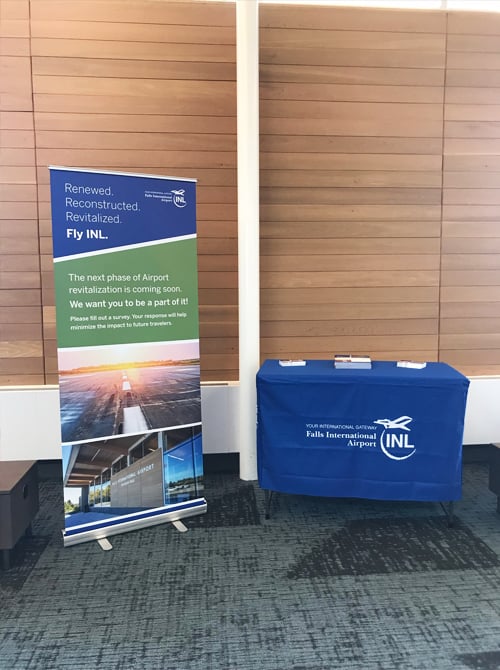
Examples of engagement tools
- User-friendly construction phasing plans or construction notices
- Project committees and workgroups
- Meeting people where they are: pop-up meetings and events
- 1:1 meetings
- Newsletters
- Open houses
- Project information stations
- Social media
- Project information kits
- Project website
Airports are hidden gems within our communities, providing a front door to new businesses, emergency medical access for all patients, agricultural assistance through crop spraying, and a place for the community to gather, among other things. Continue to find new ways to communicate with your community, tell the story of your airport, and build understanding, consensus, and support for this hidden gem!
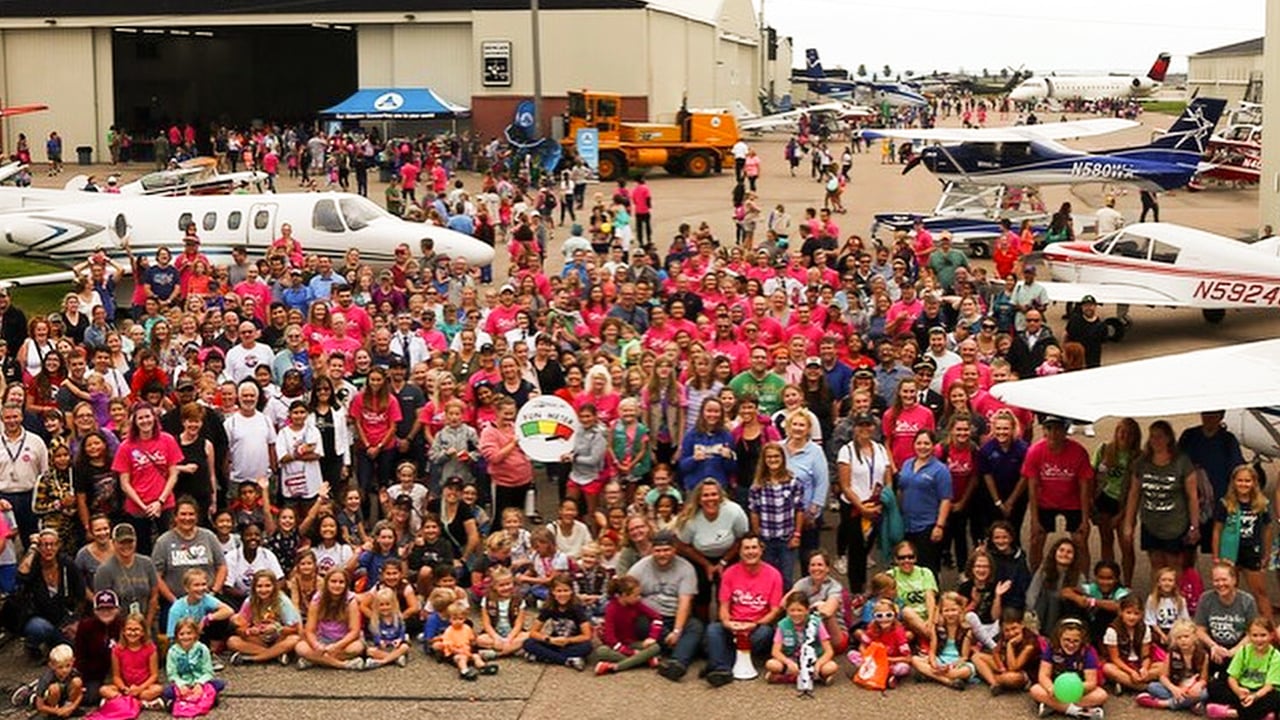
About the author

Melissa Underwood is an SEH senior aviation planner and project manager of more than 50 projects over the past 10 years. With 20+ years of experience, she understands that any project is possible through precise planning and forward thinking. Melissa has extensive experience in public involvement – working tirelessly to educate and inform the public, the right way, of future airport developments.


